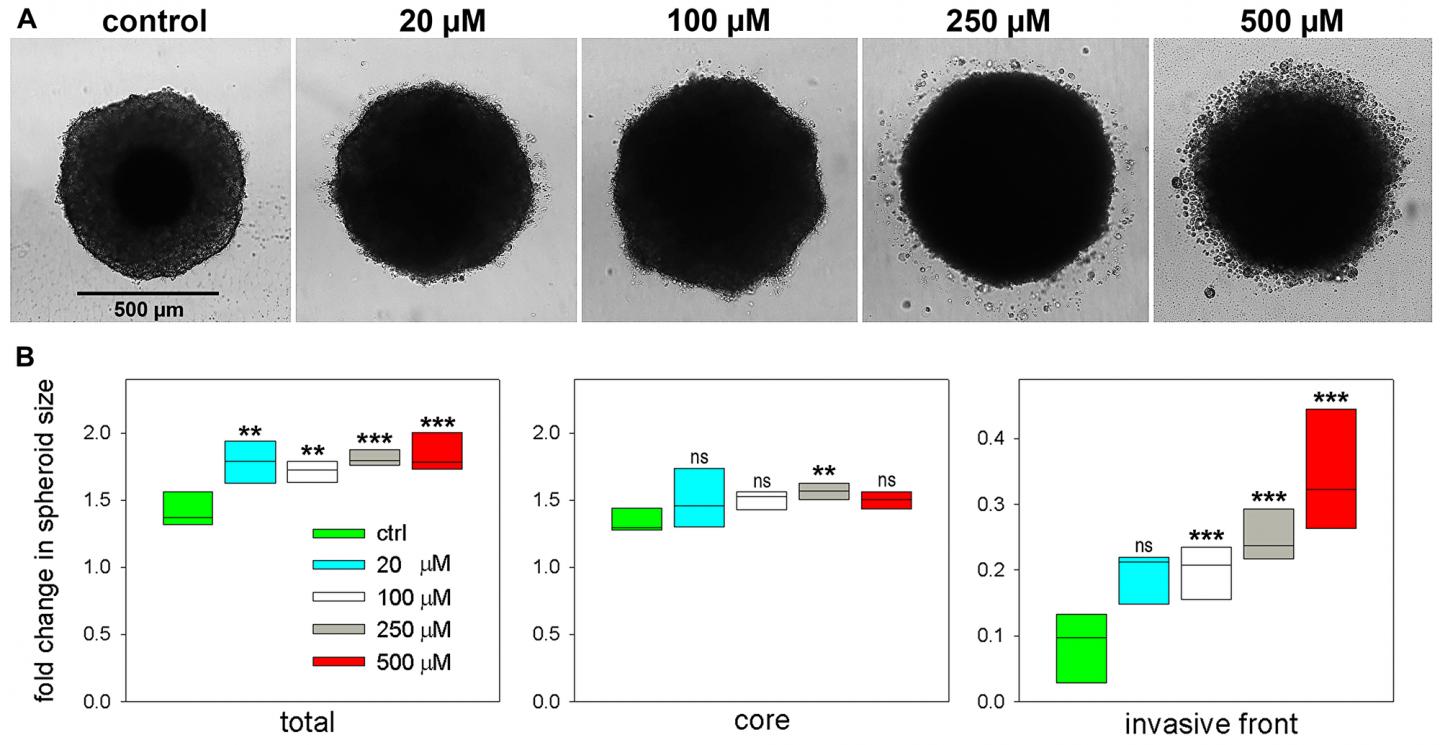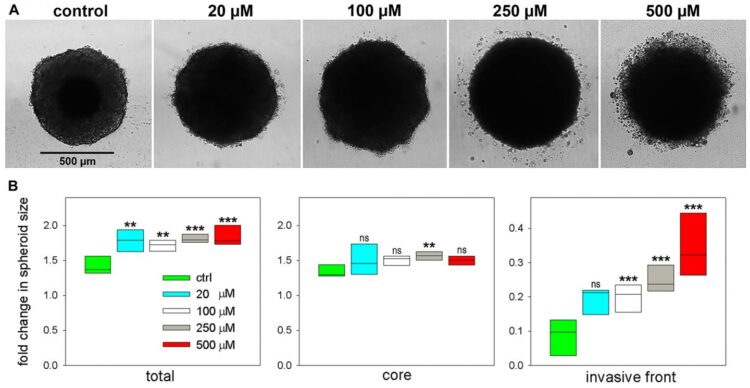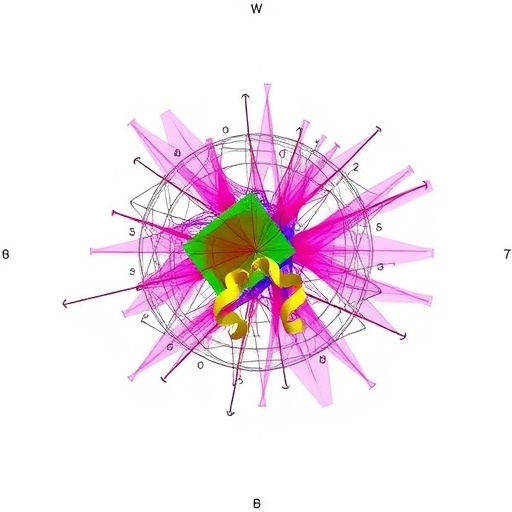Volume 11, Issue 28 of Oncotarget features ‘Lipid and protein tumor markers for head and neck squamous cell carcinoma identified by imaging mass spectrometry’ by Schmidt et, al.

Credit: Correspondence to – Zsolt Balogi – [email protected] and László Márk – [email protected]
Volume 11, Issue 28 of Oncotarget features “Lipid and protein tumor markers for head and neck squamous cell carcinoma identified by imaging mass spectrometry” by Schmidt et, al. which reported that the authors used MALDI imaging mass spectrometry and immunohistochemistry to seek tumor-specific expression of proteins and lipids in HNSCC samples.
Among low molecular weight proteins visualized, S100A8 and S100A9 were found to be expressed in the regions of tumor tissue but not in the surrounding healthy stroma of a post-operative microdissected tissue.
Furthermore, the marker potential of lysophospholipids was supported by elevated expression levels of the lysophospholipid degrading enzyme lysophospholipase A1 in the tumor regions of paraffin-embedded HNSCC samples.
Finally, experimental evidence of 3D cell spheroid tests showed that LPC facilitates HNSCC invasion, implying that HNSCC progression in vivo may be dependent on lysophospholipid supply.
Altogether, a series of novel proteins and lipid species were identified by IMS and IHC screening, which may serve as potential molecular markers for tumor diagnosis, prognosis, and may pave the way to better understand HNSCC pathophysiology.
Dr. Zsolt Balogi and Dr. László Márk from The University of Pécs said, “Head and neck squamous cell carcinoma (HNSCC) includes a family of tumors arising from multiple locations (mouth, throat, larynx, sinuses and salivary glands) and is currently the sixth most common cancer worldwide.“
Improving treatment success rates would require earlier and more precise diagnosis as well as clinically applicable specific molecular markers of the tumor with prognostic value.
To date, molecular marker candidates of HNSCC include HPV, EGFR mutations, chemokine receptors, methylation markers, interleukins, which are mostly related to a subgroup of cases and also fail to provide a basis for specific and sensitive tumor identification.
Therefore, seeking molecular markers for early and precise diagnosis, reliable prediction of treatment results, and recurrence rate remain a major goal in fighting HNSCC. Receptor mutations or changes in protein expression levels and localization have long been in the focus of tumor marker discovery, and recently lipidomic and metabolomic patterns have been outlining a molecular signature that may be of diagnostic and prognostic value.
Screening for tumor-associated LMW protein and lipid changes in HNSCC tissue, here the authors identify S100A8, S100A9 and specific phospholipids to accumulate and lysophosphatidylcholine to be depleted in the tumor.
The Balogi/Márk Research Team concluded in their Oncotarget Research Paper that elevated expression of S100A8 and S100A9, upregulation of LYPLA1, and concomitant depletion of specific lysophospholipids, paralleled with an accumulation of specific phospholipids were identified as potential tumor markers via imaging mass spectrometry and immunohistochemistry-based screening of HNSCC specimens.
Given that S100A8/9 supports CD36-mediated fatty acid uptake we propose that a set of molecular changes identified in this study may represent a fingerprint of fatty acid and lipid dependence of HNSCC pathophysiology.
“Given that S100A8/9 supports CD36-mediated fatty acid uptake we propose that a set of molecular changes identified in this study may represent a fingerprint of fatty acid and lipid dependence of HNSCC pathophysiology.”
Together with serum and blood sample information, this molecular signature of HNSCC tumors might be used as future possible pre- or post-operative diagnostic and prognostic tools.
###
Sign up for free Altmetric alerts about this article
DOI – https:/
Full text – https:/
Correspondence to – Zsolt Balogi – [email protected] and László Márk – [email protected]
Keywords –
Imaging mass spectrometry,
tumor marker,
lipid tumor marker,
S100A8,
S100A9
About Oncotarget
Oncotarget is a weekly, peer-reviewed, open access biomedical journal covering research on all aspects of oncology.
To learn more about Oncotarget, please visit https:/
SoundCloud – https:/
Facebook – https:/
Twitter – https:/
LinkedIn – https:/
Pinterest – https:/
Reddit – https:/
Oncotarget is published by Impact Journals, LLC please visit http://www.
Media Contact
[email protected]
18009220957×105
Media Contact
RYAN JAMES JESSUP
[email protected]
Original Source
https:/
Related Journal Article
http://dx.





